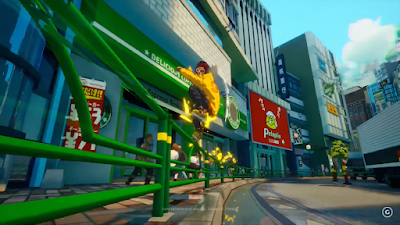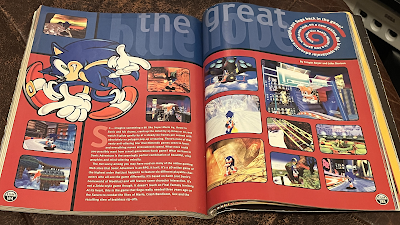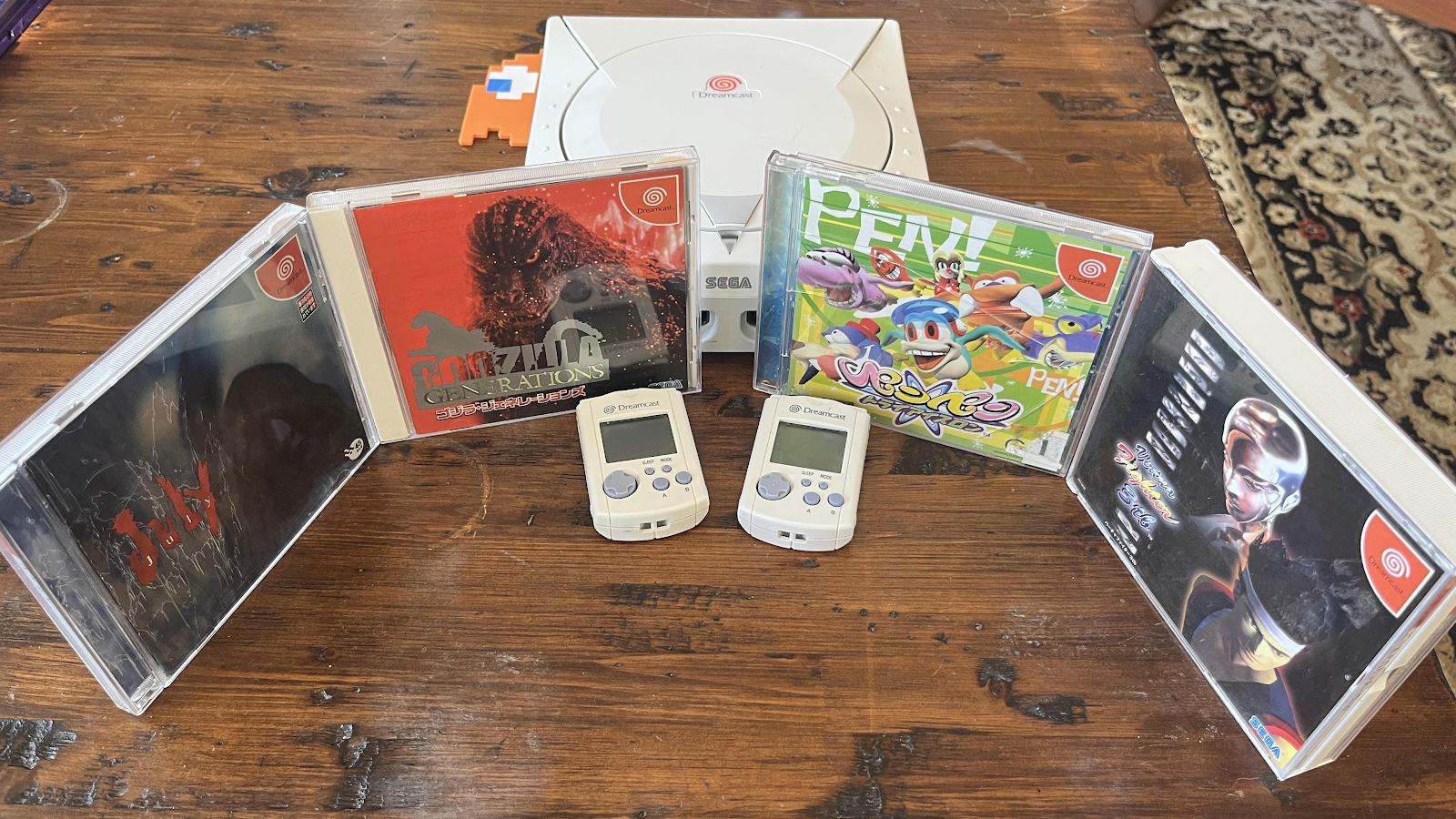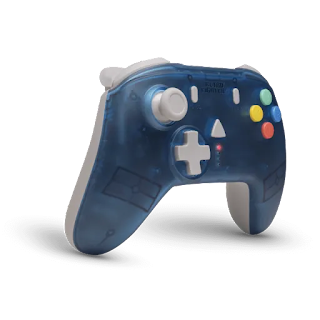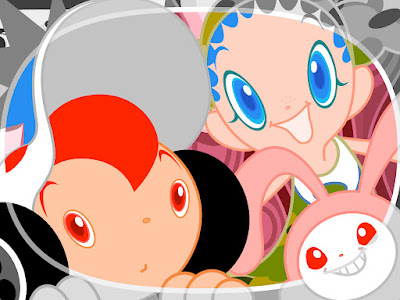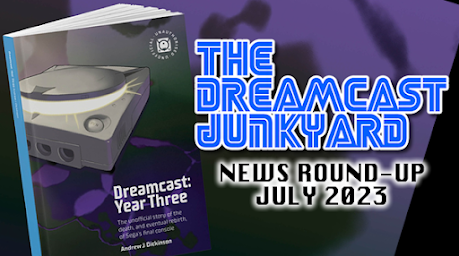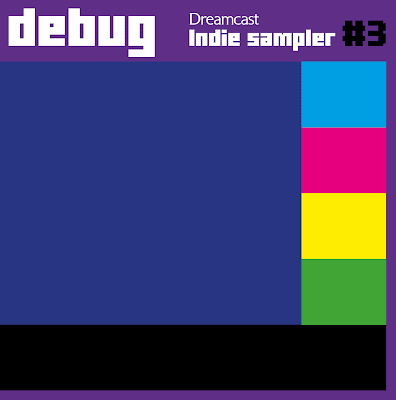After nearly two years of hard work, I am absolutely elated to inform you that a team consisting of Derek Pascarella, Duralumin, Marshal Wong and myself have completed our English translation of Nakoruru: Ano Hito kara no Okurimono for the Sega Dreamcast, and today you will be able to play it.

Being a fan favourite character of SNK’s beloved Samurai Shodown fighting
franchise (known as Samurai Spirits in Japan), it’s only natural that Nakoruru would get her own spin-off game. SNK
granted developer Inter-Let's the privilege of crafting a story that explored her
character in finer detail, with the result being Nakoruru: The Gift She Gave Me (as
we’ve decided to dub it), a Japan-exclusive visual novel game released for Windows in 2001, with an improved Dreamcast version releasing a year later in 2002. To take a source material known for its
intense arcade fighting thrills and adapt it into a quiet, heartfelt text-based
adventure was definitely intriguing, so much so that it made us want to produce an
English translation almost two decades later!
To translate the game into English was no small feat, however. With over
12,000 lines of text, our translation of Nakoruru was going to take us more than a
year to produce. But it honestly feels like that time has flown by, because the more
we worked on translating the scripts, the more we fell in love with the game's plot and
characters.
 |
| Mikato meets Nakoruru for the first time. |
The game’s story is told from the perspective of seven-year-old Mikato, an
orphan who is taken in by the people of the snowy village Kamui Kotan. She is
selected by the village's chief to serve as assistant to the shrine maiden Nakoruru,
somebody the people of Kamui Kotan admire for her strength, dependability, and
outward positivity. Mikato soon realises, however, that deep down, Nakoruru is
harbouring an intense sorrow.
While Nakoruru is based in the world of Samurai Shodown, it can be played without any prior knowledge of the franchise, but if you are a Shodown fan, there are quite a few playful references to other characters in the franchise sprinkled throughout the game's script.
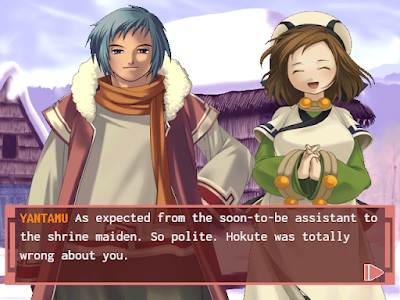 |
| Nakoruru's childhood friends Yantamu and Manari. |
The gameplay of Nakoruru is simple, and familiar to those who have played a
visual novel before. Advance the story with a button press, and occasionally make
choices, some of which greatly affect the game’s narrative.
Also included
throughout the story are several basic but charming mini-games. These include
quizzes, fishing, dodging enemy attacks, playing music, and more.
While Nakoruru may lack the 3D graphics and arcade action many associate with the Dreamcast, it still boasts gorgeous, crisp, hand-drawn 2D artwork, and its beautiful coming-of-age storyline will pull at your heart strings as it deals with topics of friendship, loss and insecurity. The Dreamcast received over 100 visual novel titles in Japan, and in terms of quality, Nakoruru is up there with the best the system has to offer. For those new to the visual novel genre, you can learn more about them in this fantastic video by Bowl of Lentils.
 |
| Combat training mini-game where you dodge left or right to escape attacks. |
We adopted an assembly line process to translate the game’s script. First,
dialogue for an individual scene would be translated by Marshal and
Duralumin, then the editors - both myself and Derek, would check over
the translations for any spelling or grammatical errors, but primarily to ensure they
read as naturally as possible in English. Once the script edits were complete, Derek
would insert them back into the game. Working together and seeing the story come to life, and by our
own making, was incredibly rewarding.
 |
| Making an important decision in the heat of combat. |
But our translation would have been for nothing if it wasn’t for Derek’s hacking
wizardry. The Dreamcast is still in an immature state when it comes to debugging
and hacking, unlike other systems, such as PlayStation, which is more streamlined.
A project like this for the Dreamcast required a slew of different tools to achieve.
Along the way, Derek had to make many tweaks to the game so it worked with our
translation, such as modifying mini-games, ensuring the character’s voice audio
persisted across multiple textboxes, reallocating where RAM data was written to
make room for larger text data, and more. But the biggest challenge Derek faced
was implementing a half-width font (as Japanese characters are wider than English
ones), which took him months, but felt incredible when he finally pulled it off. The
end result of Derek's hard work is fantastic-looking English text displayed in game.







